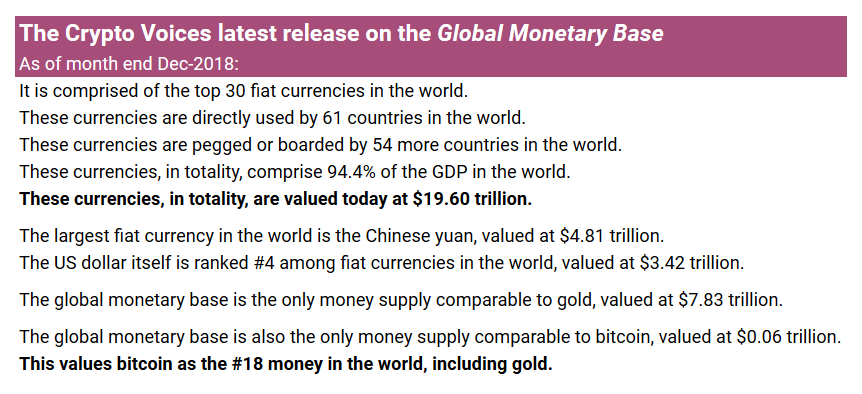A long needed and essential thread on #Bitcoin and Banking (and the fragility of USD Tether). 👇
"Tether reserves the right to delay the redemption or withdrawal of Tether Tokens if such delay is necessitated by the illiquidity or unavailability or loss of
Is Tether financing Bitfinex by creating liquidity through issuance of tokens to be paid at a later date? If yes, how much? I worry. And you should too. {fin}



